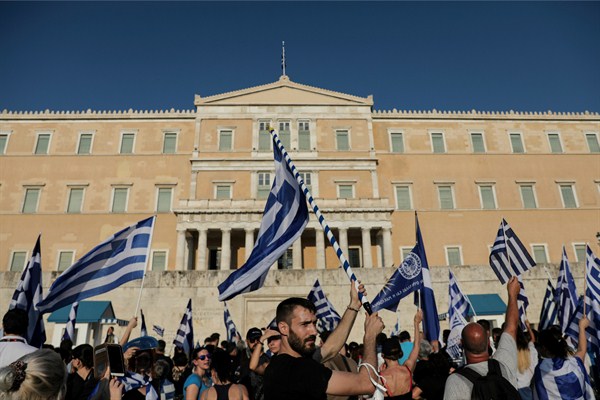Immediately after the left-wing Syriza party swept to power in Greece in 2015, officials from the European Union, NATO and the United States all worried about the possibility that the newly minted Greek government was too close with Vladimir Putin’s Russia. It wasn’t just the leftists in government in Athens who might have harbored pro-Russian sentiments. Greece and Russia share religious and historical ties, and a significant chunk of the Greek population views Putin favorably.
The person who most worried NATO officials at the time was Foreign Minister Nikos Kotzias, whose past writings and connections with communist organizations marked him out as particularly sympathetic to the Kremlin. But the presence of Panos Kammenos, the leader of the populist Independent Greeks, in the governing coalition also raised some alarms. While only the junior partner, Kammenos still heads the crucial Defense Ministry and is known to be very close with Russian businessmen and politicians.
It was a worrying sign when Putin himself visited Greece in 2016, paying homage to Mount Athos, the Orthodox Christian equivalent of the Vatican. Diplomatic ties had been warm ever since, with Greece placing itself as a mediator between NATO and Russia, a tactic endorsed by both sides. Even if this was never explicitly put in stone, it was nonetheless on display when Russian Foreign Minister Segey Lavrov also visited in 2016.

